Can You Reaffirm a Debt in Chapter 13?
Sawin & Shea
MARCH 13, 2024
In this blog, you’ll learn about whether you can reaffirm your debt in Ch. Have additional questions regarding bankruptcy or reaffirming secured debts? Entering a reaffirmation agreement is a way that debtors in a Chapter 7 bankruptcy keep collateral attached to secured debt like houses or cars.

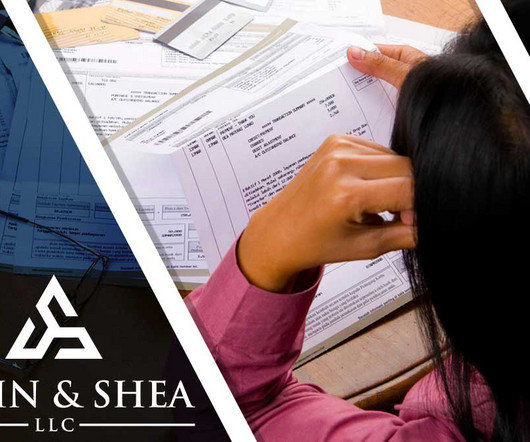
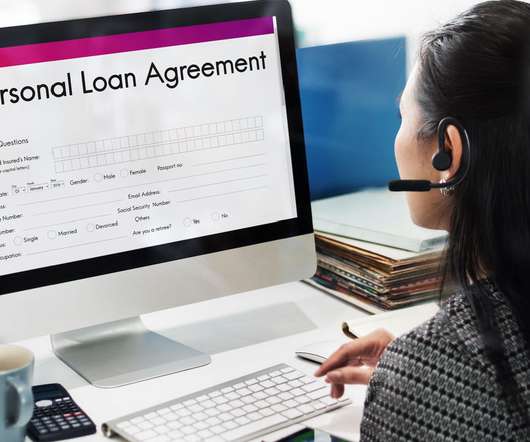

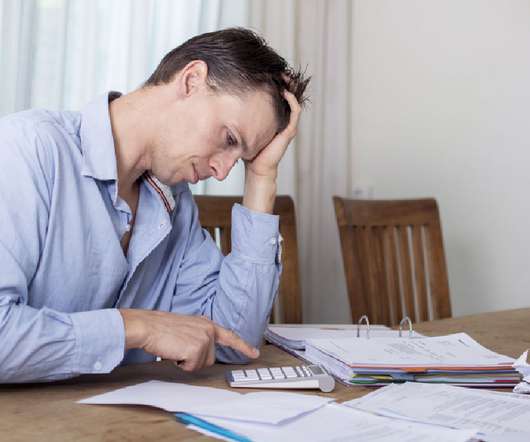
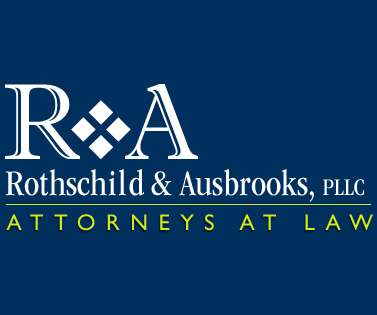
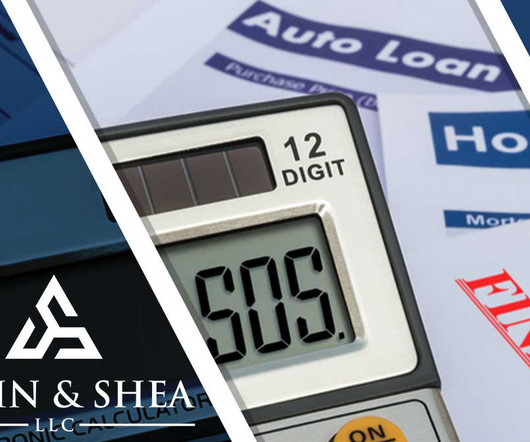
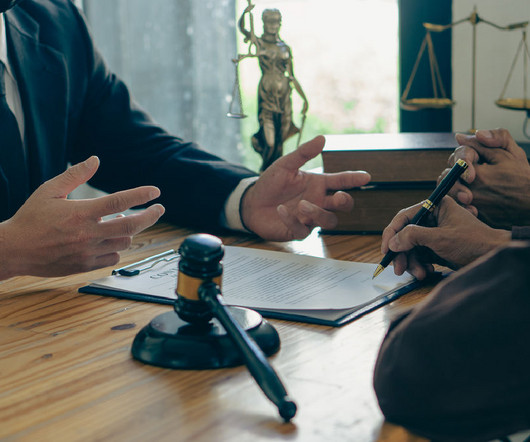
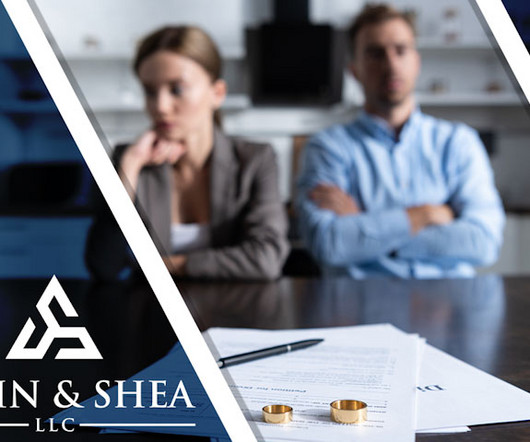
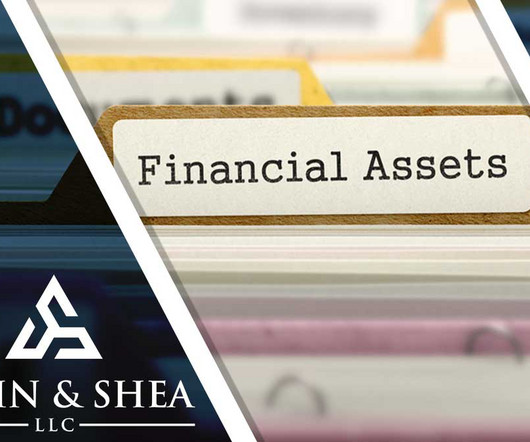
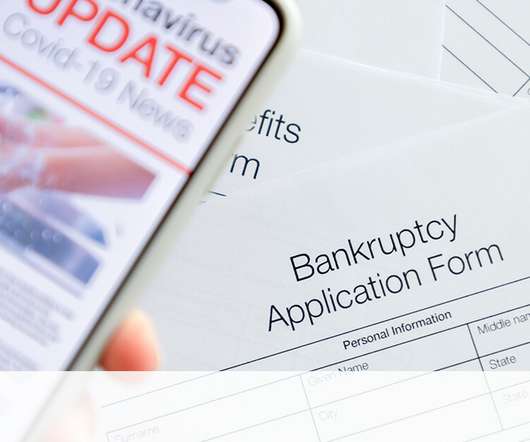








Let's personalize your content